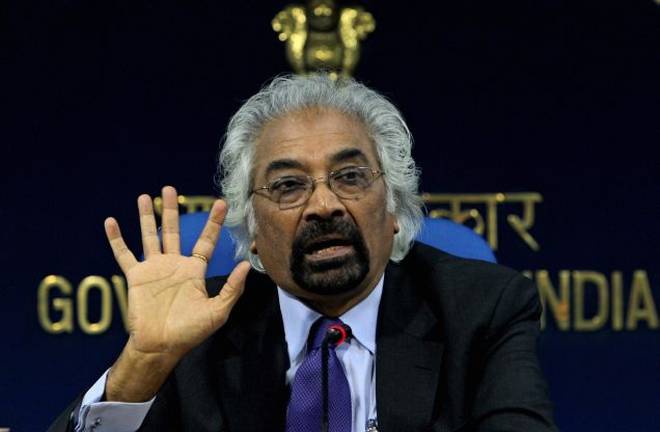Sam Pitroda, one of the most powerful people in the Congress party has compared NYAY scheme with MGNREGA. When asked “Where will the money come from”, Pitroda replied “There will be more people joining the economy. Same set of questions were raised when NREGA was introduced. If we can do NREGA, why can’t we do this?” So, according to Pitroda, NYAY is going to be more or less like MGNREGA, which is one of the most corrupt and inefficient welfare schemes in the country to have ever been implemented. The gram pradhans used to force the beneficiaries to do household work or give them some agricultural work in their own lands. Some jobs were so unproductive that the workers had to dig a pond and then refill it because they had no actual work to do, and the government had promised to give a job of at least 100 days to them. There weren’t many durable assets that were created through this scheme.
MGNREGA or the National Rural Employment Guarantee Act was brought in 2005 by the United Progressive Alliance (UPA) government under the Common Minimum Program (CMP), agreed between different parties that formed the alliance. Left parties which supported the UPA government particularly pressed for this Act. The scheme was the brainchild of Jean Dreze and Amartya Sen who had for long argued for virtual employment to reduce poverty in the country. The scheme came out to be a major failure and corruption was prevalent in the whole implementation process of the scheme. Before the direct benefit transfer was implemented, the gram pradhan used to share the money with beneficiaries without any reciprocity of work from them.
The problem with the scheme was that there were no actual jobs, and the government was trying to create virtual jobs just to transfer money to the rural areas of the country. The government had to take this step because it was unable to create actual jobs in rural economy to end rural distress. The scheme got a major blow after the Modi government came to power, although it did not end the scheme.
The scheme was one of the reasons behind the slowdown of economy. The fiscal deficit became unsustainable at 6 percent of GDP due to funding of MGNREGA. This was one of the reasons behind investors pulling money out of Indian market. The scheme also distorted the labor market as rural wages moved northwards. The labor to work for factories in metropolises and rural areas became almost unavailable. The wages moved up exponentially and the spending of companies on labor resources dried up their books. The profits of the companies move southwards and private investment broke which ultimately resulted in slowdown of economy.
So, due to MGNREGA downward spiral of Indian economy started and culminated in 2012-14 economic slowdown. India became one of the ‘fragile five’ economies with economic growth slowest in decades. Ultimately, the economic revival started on the wave of optimism after the Modi government came to power with full majority.
NYAY would probably do the same to Indian economy, as Pitroda outlines that it is more or less the same. The cash transfer of such a huge amount would take the wages to a new high. If the people get doles worth Rs 72000 every year, which is more than enough to live a decent life, people would not work. So, MGNREGA did disastrous damage to Indian economy and NYAY would continue the damage left incomplete by MGNREGA.
